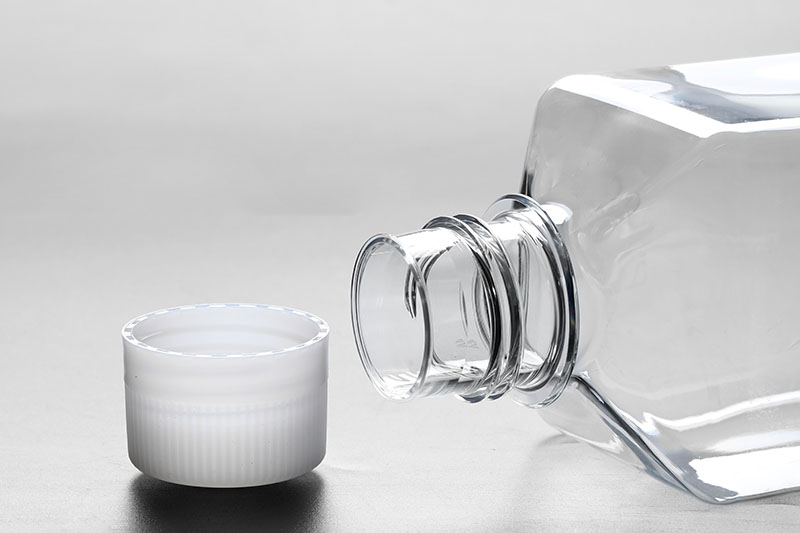은 일종의 세포 배양 소모품으로 자체 멸균에 대한 요구 사항이 높습니다. 일반적으로 무균 처리되었습니다. 사용되는 살균 방법은 전자빔 살균이다. 그렇다면 이 살균 방법의 장점은 무엇입니까?전자빔 조사는 의약품 포장 제품 및 의료 기기의 살균에 일반적으로 사용되는 기술입니다. 그것은 멸균되는 항목을 통해 전자의 지속적인 흐름을 지시하여 작동합니다. 활성을 잃고 조사된 물품은 무균 상태가 됩니다.media Bottles
미디어 병에 사용되는 전자빔 살균 방법은 편리하고 부드럽고 효과적이며 최종 포장 제품(예: 둥지에 제공되는 제품)에서 지속적으로 수행되는 등 많은 장점이 있습니다. 유연한 필러에 사용됨). 증기 멸균보다 훨씬 낮은 온도에서 작동하며 손이 닿기 어려운 부분(예: 뚜껑이 있는 카트리지)이 있는 제품에 적합합니다. 감마선에 비해 열화 위험이 훨씬 낮습니다(노출 시간이 짧기 때문에). 에틸렌 옥사이드 노출에 비해 에틸렌 옥사이드 흡수 및 후속 약물 제품 침투의 위험을 제거합니다.
위의 장점을 기반으로 전자빔 살균 기술의 탄생으로 많은 제품이 고온 사용에 작별을 고했습니다. 고압 화학 살균. 배지병에 이 멸균 방법을 사용하면 편리하고 빠를 뿐만 아니라 기본적으로 혈청이 좋은 보관 환경에 있도록 보장됩니다. 세포 배양 작업의 원활한 진행을 돕습니다.
Based on the above advantages, the birth of electron beam sterilization technology has made many products bid farewell to the use of high temperature and high pressure chemical sterilization. The use of this sterilization method for media bottles is not only convenient and fast, but also fundamentally ensures that the serum is in a good storage environment. Help the smooth progress of cell culture work.
The FAI climbed 5.9 percent year-on-year in the first 11 months of 2018, quickening from the 5.7-percent growth in Jan-Oct, the National Bureau of Statistics (NBS) said Friday in an online statement.
The key indicator of investment, dubbed a major growth driver, hit the bottom in August and has since started to rebound steadily.
In the face of emerging economic challenges home and abroad, China has stepped up efforts to stabilize investment, in particular rolling out measures to motivate private investors and channel funds into infrastructure.
Friday's data showed private investment, accounting for more than 60 percent of the total FAI, expanded by a brisk 8.7 percent.
NBS spokesperson Mao Shengyong said funds into weak economic links registered rapid increases as investment in environmental protection and agriculture jumped 42 percent and 12.5 percent respectively, much faster than the average.
In breakdown, investment in high-tech and equipment manufacturing remained vigorous with 16.1-percent and 11.6-percent increases respectively in the first 11 months. Infrastructure investment gained 3.7 percent, staying flat. Investment in property development rose 9.7 percent, also unchanged.
 English
English



















































